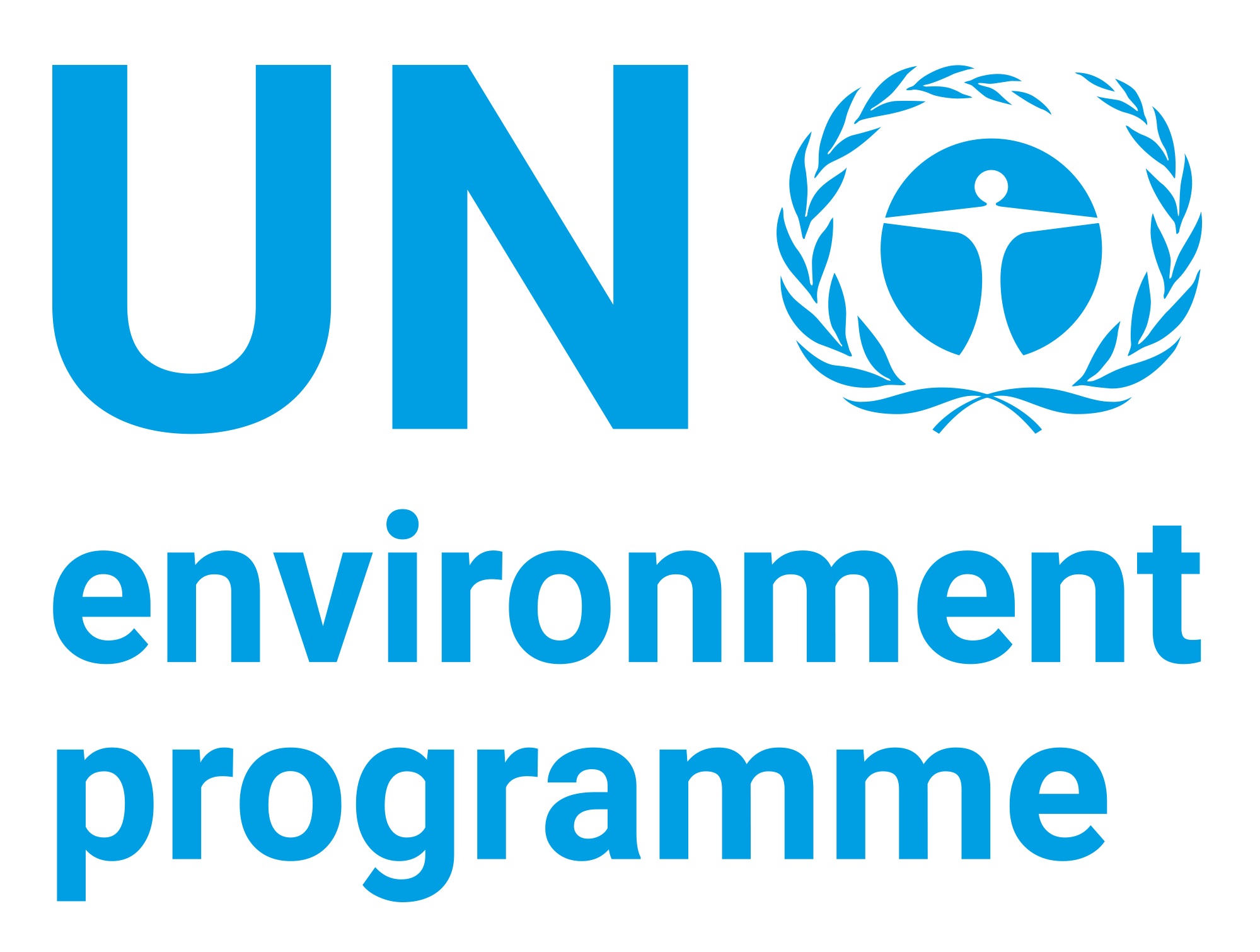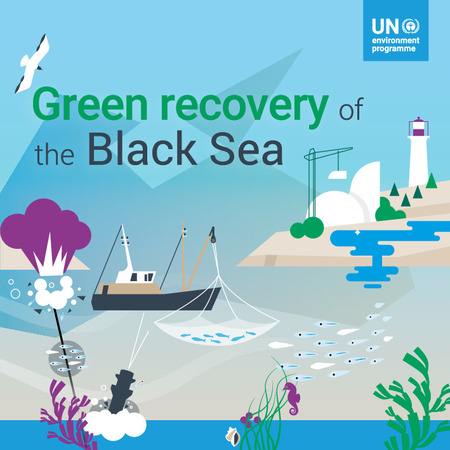| dc.description | The Black Sea is a unique, semi-enclosed body of water connected via the Bosphorus Strait, the Sea of Marmara, and the Dardanelles to the Mediterranean Sea and on to the Atlantic Ocean. Connected to the Black Sea in the north through the narrow Kerch Strait is the shallow Sea of Azov.
The Black Sea receives fresh water from multiple rivers, including the second, third and fourth longest rivers in Europe, resulting in its salinity being almost half that of ocean waters. The lower, oxygen-depleted layer of the sea is rich in hydrogen sulphide. Consequently, it is mostly the oxygen-rich upper layer of the Black Sea as well as the estuarine areas that are home to its biodiversity, including species found nowhere else in the world. At the same time, the relatively low overall salinity of the Black Sea does not support many of the species found in the marine environment.
The catchment area of the Black Sea is six times larger than the area of the sea itself, and includes the Danube basin, which covers a large part of Europe. For this reason, the Black Sea is very vulnerable to pressure from human activities on land, and its health depends on coastal states just as much as it does on other states of its basin, some located far away from the coast. | en_US |


